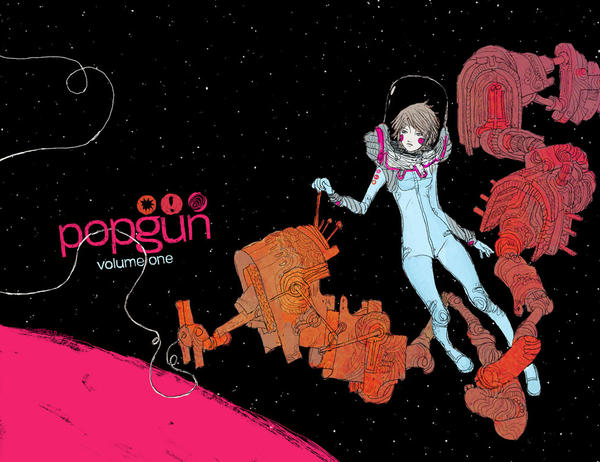This is going to be a multi-part blog post as I rummage through my thoughts on several illustrators. They will not be posted in sequence.
Upon returning to campus I visited the Dawn Treader Book Shop on Liberty in order to find some cheap copies of novels I required for the semester. I’d figured, at least, that the novels for my Fantasy class would be on the shelves given how widely read they were, for instance, novels from the Harry Potter series or Alice in Wonderland. I did find Alice on the shelves, but they weren’t complete versions of the texts, missing the ever-important Through the Looking-Glass. Also, I’m not proud enough to admit that the cover was not particularly appealing. However, as I was about to leave the shop with nothing, my eyes were drawn to a book that had an interesting illustration on it. It was a bird (perhaps a crow?) with a top hat and cane, walking briskly, eyes shut, towards some location beyond the silhouette of the cover. The title? You Can’t Get There From Here. Ogden Nash wrote the book but what truly piqued my interest was that Maurice Sendak illustrated it.
My only encounter with Sendak is, of course, Where the Wild Things Are. I can never quite remember how many times I read it, but I don’t think I read it as much as other children claim. But quite recently, I’d found a new interest in several illustrators from Sendak’s era, or perhaps those who preceded him. I’d become affixed to the elegant line drawings and incredible draughtsmanship of E.H. Shephard, Saul Steinberg, Jean-Jacques Sempe, Ronald Searle, and Tomi Ungerer just to name a few. So it was only natural for me to pick this book up.
The entire book is composed of several poems, most of which are comedic, while some are sublime, but all of them are whimsical. One particular poem I find quite coincidental is titled, No Woe is Gossamer to Mr. Bessemer. The poem describes, not a pessimist, but a man who always expects the worst, and one of the lines is, “He is certain that the train he must catch will leave early, / and that, once caught, it will arrive late, / And, as a Michigan alumnus, that the Big Ten title will / go to Ohio State.” The illustration accompanying this poem features a man in a raincoat, holding an umbrella, sun hanging high, walking past a group of puzzled children, one sticking out his hand waiting for a drop of rain that is not coming anytime soon. Ha Ha. chuckle chuckle. Turn the page.
Now, as I write this article, I wonder, should I not be reading “children’s books”? I’m not too sure if such a thing even exists actually. Or at least, the books that I remember reading as a child and still loving are those that are timeless. Even now, I pick up books I never read as a child and find them fascinating. So it sort of comes back to that word (doesn’t it?) – timeless. Does that just mean a book is re-readable? Not quite. Or maybe it suggests something like what Calvin and Hobbes does so well, each time you revisit a strip by Bill Watterson, you appreciate it in a different way.
Then, naturally, I guess the proceeding question might be, how do these illustrators/writers create something that is timeless? Perhaps I can explain it this way, by introducing a bit of unrelated yet related information, Ungerer used to draw illustrations for a children’s book on his desk while nearby, he had his stove on, with a pan filled with Barbie dolls that he was melting in the heat. And of course, he wrote incredibly famous children’s books while also creating art books like The Underground Sketchbook of Tomi Ungerer – a book that features a naked woman on the cover, with no head, and in the cave like entrance of her bleeding neck, sits, huddled, a man with a bloody knife.
I’m not suggesting that this is the only answer, but it may be a answer. Yes, it is a far cry from the pairing of pessimistic poetry and whimsical illustration, if anything, a lot of wild illustrations seem restrained compared to what Ungerer did. How does a man, who drew the adorable, Moon Man draw a man using a woman as a vacuum at the same time. Honestly, although it may seem ludicrous to the public eye, upon consider what Ungerer went through, his history, his context, and a variety of other “character building elements” it doesn’t seem all that crazy. I’d like to suggest that perhaps his inclination towards drawing images of manipulated bodies, both man and woman, isn’t all that unique. Perhaps he is just more honest than the average individual. Is that what it takes? Honesty?



